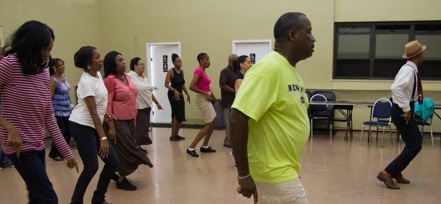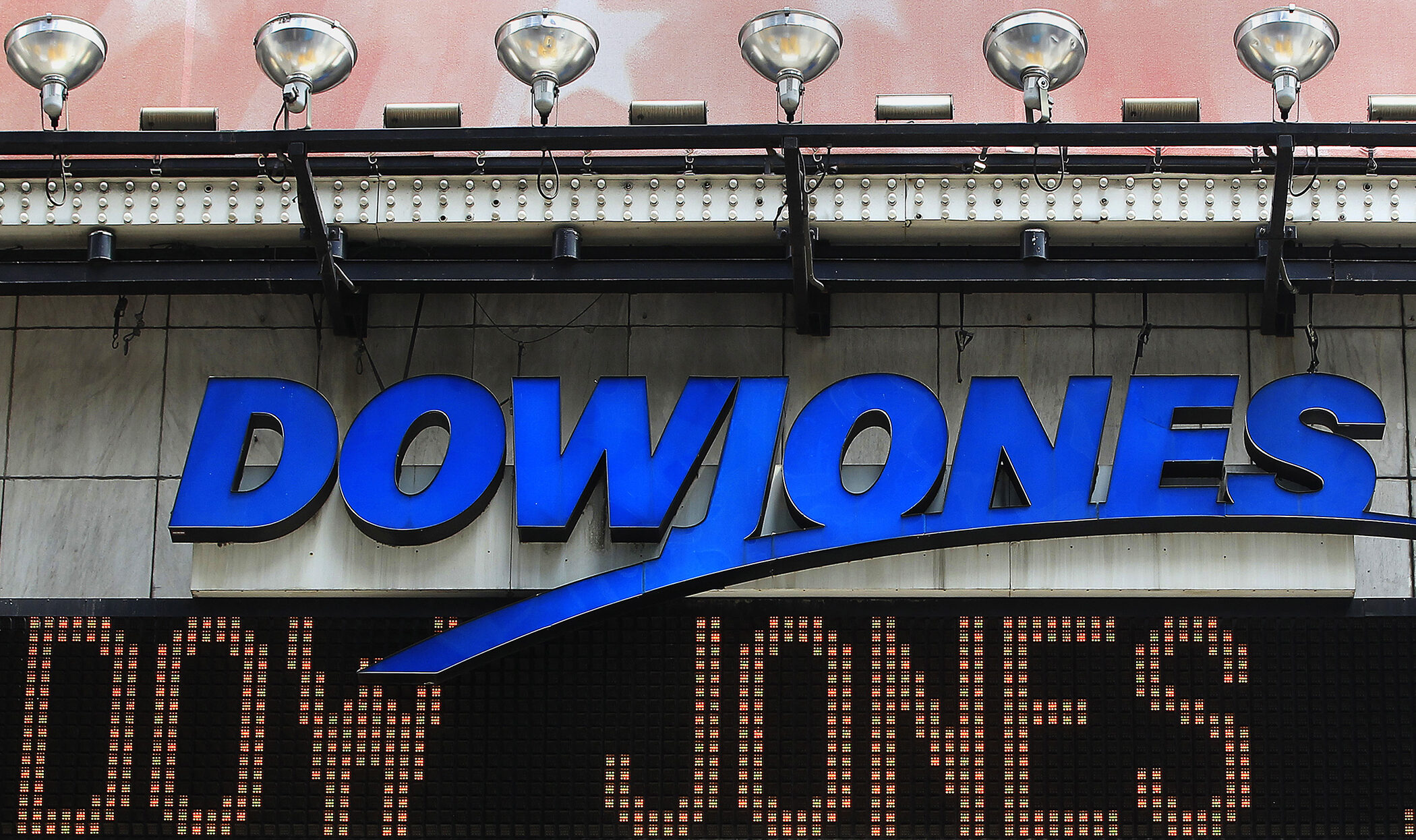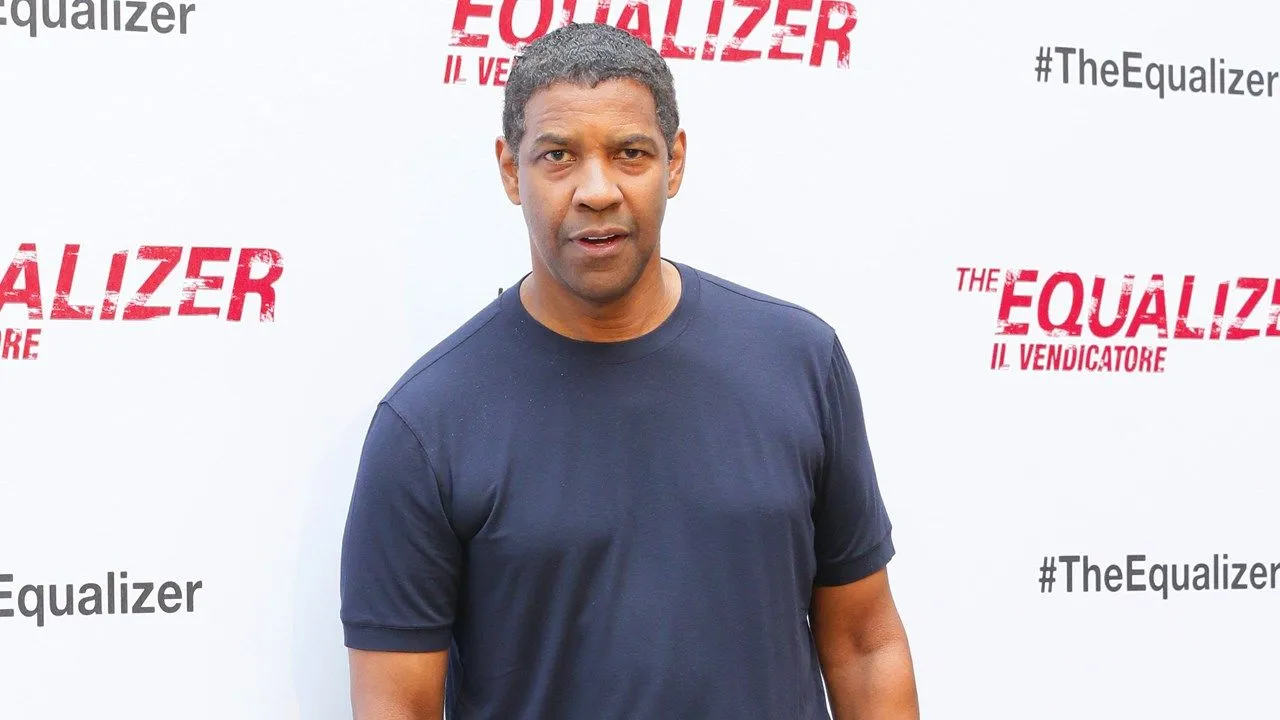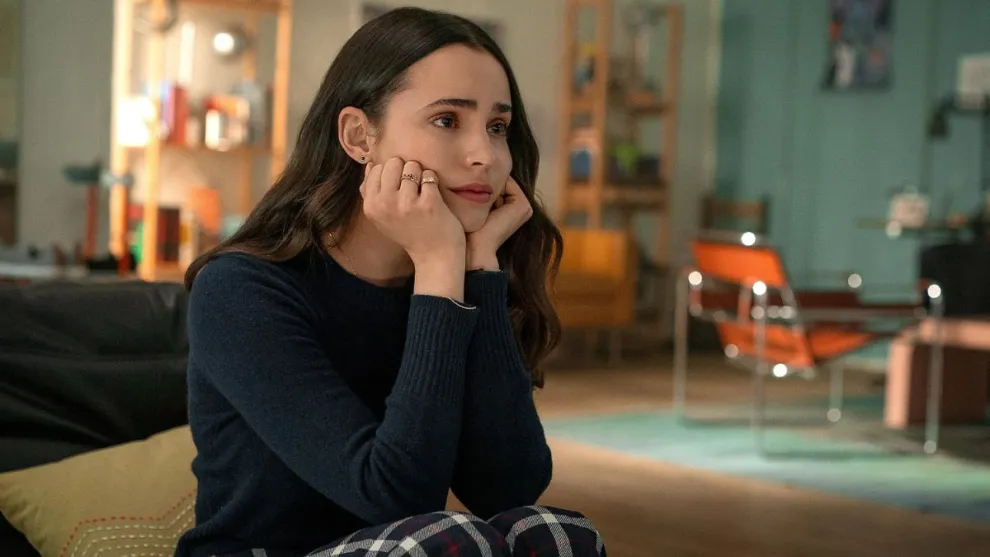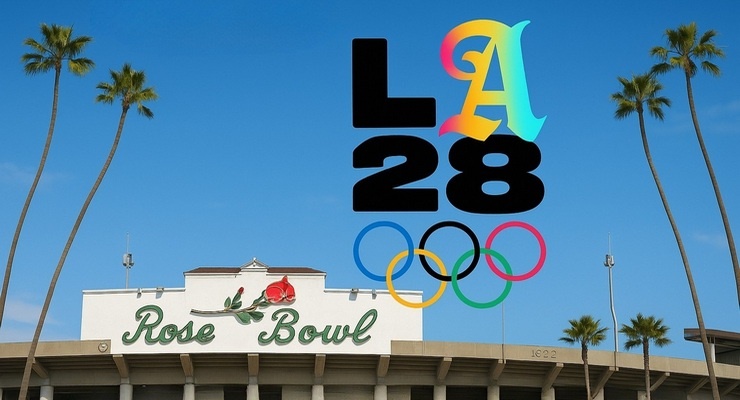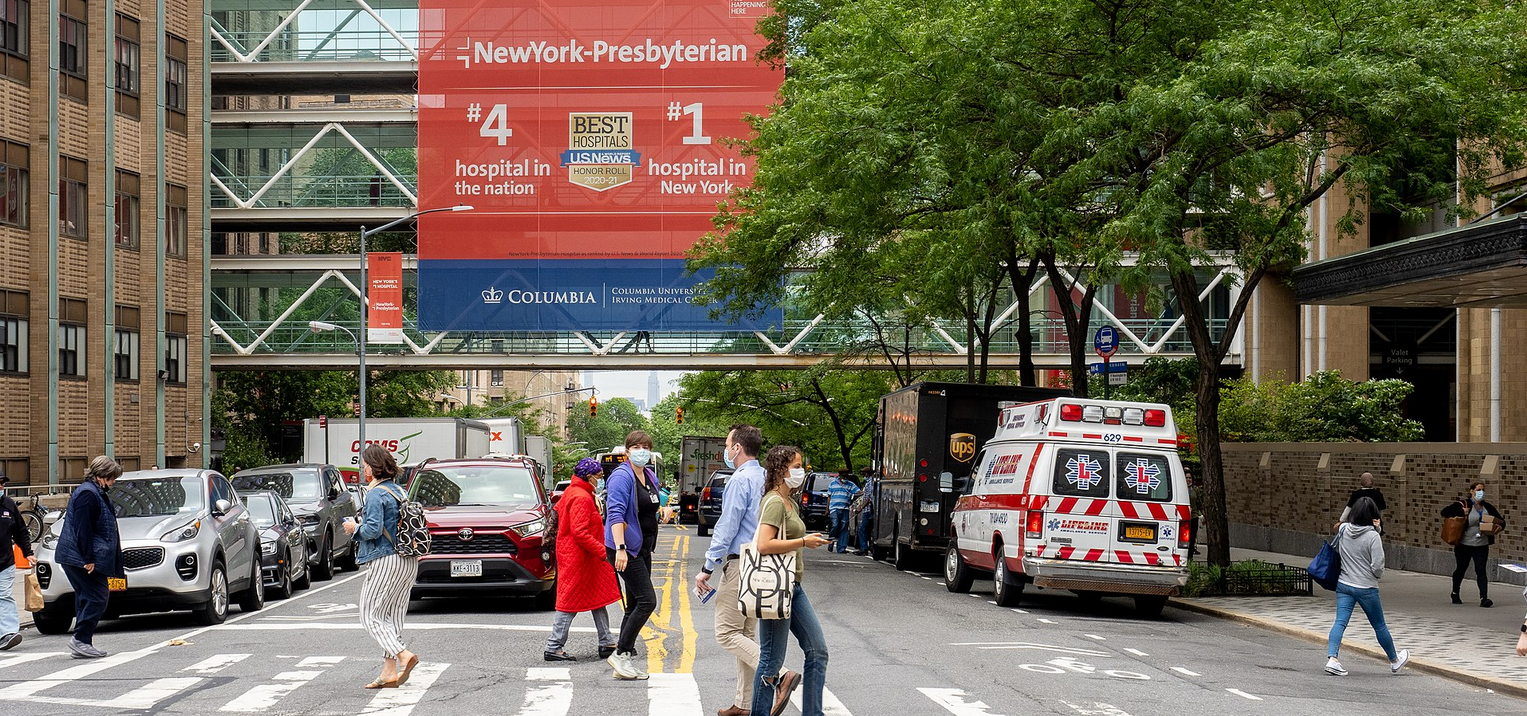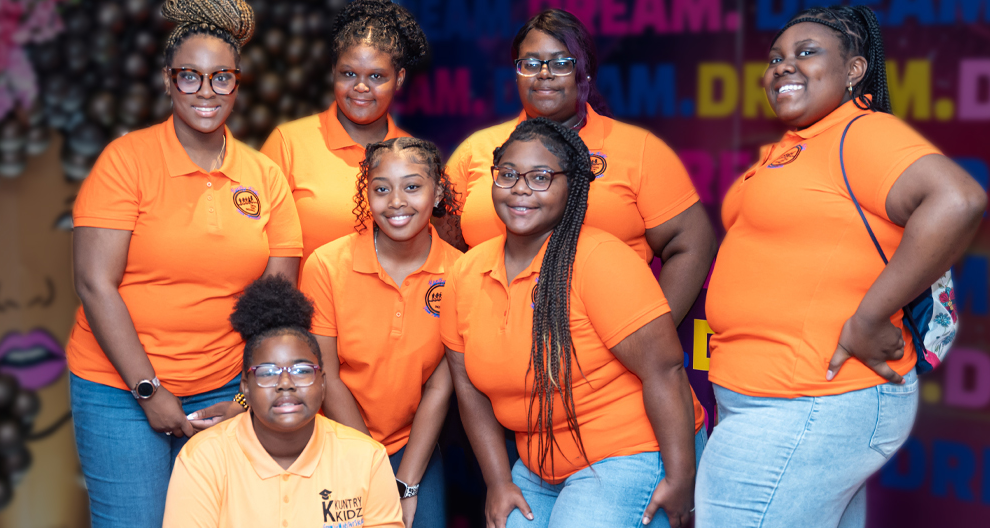Check these moves. Photo: Annie Wu
[Harlem]
Once the boom box was turned on, everyone in the room instinctively began swaying and clapping to the boisterous rhythm of big band swing, by the likes of Benny Goodman, Count Basie, Chick Webb and other jazz musicians. “Step, step, triple step,” instructor Samuel Coleman called out. “Use the floor as your canvas.”
The Harlem Swing Dance Society, which offers low-cost Tuesday night classes at the Lt. Joseph P. Kennedy Community Center on West 134th Street, wants to resurrect swing dance in Harlem, where it was first invented and popularized. At this class, about a dozen people, ranging in age from 20s to 50s, showed up in comfortable clothing, ready to jive.
“I like the fact that people of different backgrounds can come together and have a good time,” said Crystal Mamby, a central Harlem resident in her 50s. Mamby knew swing dancing as something her grandmother did, but when she started taking classes here in April, she fell in love with the dance. “It’s improvisational,” Mamby said, warming up before class by practicing some moves. “The movements can be really wild, or repetitive or slow. It’s your expression, once you learn the basics.”
In the 1930s, Duke Ellington and other swing musicians rose to fame and the lindy hop—as the dance was first known— soon became wildly popular, along with its less acrobatic version, the jitterbug. By the ’40s, the press dubbed the lindy America’s “national dance,” and troupes formed to tour the world.
But despite the lindy hop’s rich history in Harlem, it’s rarely taught or even mentioned in the community today, said Barbara A. Jones, founder of the Harlem Swing Dance Society. Swing was revived in the ’80s in places like New Orleans, Sweden and England. In New York, various downtown venues developed a thriving swing dance scene. But it seemed completely forgotten in its birthplace.
“We wanted to preserve it in Harlem, and have Harlem children and new generations see what a valuable and fun dance it was, and how it was spread all over the world,” Jones said. “We thought that was important for the community heritage and community pride.” In 2008, Jones, an office worker, formed the organization and two years later, the Dance Society received nonprofit status.
At the Tuesday evening class, Hellen Mayfield wasn’t able to dance due to a leg injury, but she’d wanted to be there anyway. “I come to support everybody, and listen to great music.”
Mayfield taught herself to lindy hop as a teenager watching “American Bandstand” on television in the ’60s and ’70s. “I would practice the steps in front of the mirror with my girls,” Mayfield recalls. But at the Harlem Swing Dance Society, which she joined in February after seeing a flier, she really learned the fundamentals and techniques.
“It’s great to be doing it in Harlem, where it all started,” Mayfield said.
Mayfield remembers her parents reminiscing about going to the Savoy Ballroom, “the place where swing began.” The Savoy opened in Harlem in 1926 and its weekly dance contests drew star lindy hoppers and crowds in the thousands. The dance hall was open to people of all races and social classes—a rarity at the time.
“Everybody went to the Savoy. It was like one big, happy family when we were inside,” said Barbara Billups, 76, who started lindy hopping there in the ’50s after work and on weekends. “ I don’t think I know one person who didn’t like it.”
After the Savoy closed in 1958, Billups, who now lives in Queens, joined a dance troupe, Sonny Allen and the Rockettes, that performed around the country.
Jones invites early lindy hoppers, such as Billups’ fellow Rockette, Sugar Sullivan, to teach master classes and give talks. With a $2000-plus grant last year from the Lower Manhattan Cultural Council, Jones was able to give free dance and history workshops at several Harlem high schools and community centers. She wants to reach out to more schools and organize educational events for Black History Month, “to connect the elders with the young people, and to really have an appreciation going for the culture,” Jones said.
She’s also begun interviewing early dancers, hoping to produce a documentary. “We want to preserve the memories and stories of the people who live here, who were at the Savoy Ballroom and the Savoy Manor,” a dance hall in the Bronx, she said.
As a teenager in 1963, Clementine Wilson-Thomas saw lindy hopping for the first time at the Savoy Manor, and wanted to learn the dance right away. “We never stopped since then,” she said.
She began training at the Manor six days a week, preparing for the prestigious and popular annual dance contest the Harvest Moon Ball, eventually winning first place in 1971 and 1976. But over time, as dancers and patrons died, dance halls closed and public interest waned. Wilson-Thomas lost touch with other lindy hop dancers until Jones found them again in her quest to revive the dance in Harlem.
“Thanks to the Swing Dance Society, we’re going to get back on the map,” Wilson-Thomas said.
Next, Jones wants to form a performance team to enter competitions and dance the lindy. “It will make such an impression on the community, that it’s alive and that it can happen again,” she said.
This article originally appeared in TheUptowner
